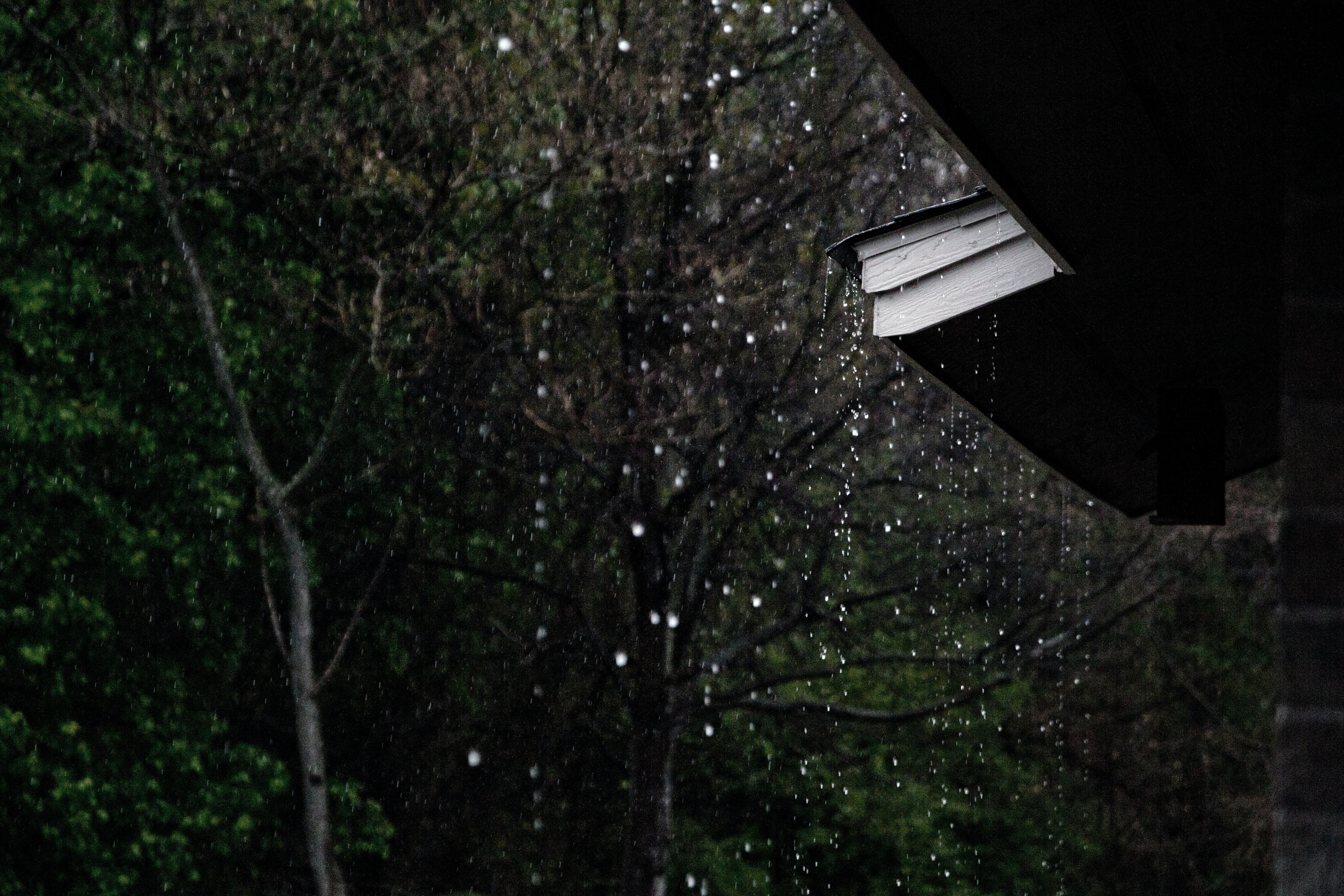When heavy rain showers hit, they can bring much-needed relief to dry landscapes and help replenish water sources. However, along with the benefits, heavy rain can also create the perfect conditions for mold growth. In this blog, we’ll explore the relationship between heavy rain and mold, the risks it poses to our homes, and what we can do to prevent mold growth.
Why Heavy Rain Can Lead to Mold Growth
- Increased Moisture: Heavy rain often saturates the ground, causing excess moisture to accumulate in and around our homes. This increased moisture can seep into basements, crawlspaces, or other vulnerable areas, creating a damp environment that is ideal for mold growth.
- Roof Leaks: Intense rainfall can expose vulnerabilities in our roofs, leading to leaks. These leaks may go unnoticed for an extended period, allowing moisture to penetrate ceilings, walls, and insulation. Over time, this moisture can contribute to mold growth.
- Poor Drainage: Inadequate drainage systems or clogged gutters can result in water pooling around the foundation of a house. This standing water can seep into the building’s structure, leading to moisture issues that promote mold growth.
The Risks of Mold Growth after Heavy Rain
Mold growth following heavy rain can pose several risks:
- Health Concerns: Mold releases microscopic spores into the air, which can be inhaled and cause respiratory issues, allergic reactions, or other health problems, especially for individuals with pre-existing conditions.
- Structural Damage: Mold can break down organic materials such as wood and drywall, compromising the integrity of the structure. If left untreated, extensive mold growth can lead to costly repairs and renovations.
Preventing Mold Growth after Heavy Rain
While we can’t control the weather, we can take preventive measures to reduce the risk of mold growth:
- Maintain Good Drainage: Ensure that gutters and downspouts are clear of debris and direct water away from the foundation. Consider installing French drains or grading the landscape to promote proper water flow.
- Fix Roof Leaks: Regularly inspect your roof for signs of damage and address any leaks promptly. Repairing damaged shingles or other roof components can prevent water infiltration and subsequent mold growth.
- Improve Ventilation: Ensure proper ventilation in areas prone to moisture, such as bathrooms, kitchens, and basements. Install exhaust fans and open windows when weather permits to reduce humidity levels.
- Use Dehumidifiers: In areas with high humidity or persistent moisture issues, consider using dehumidifiers to maintain optimal humidity levels (around 30-50%) and prevent excess moisture accumulation.
- Promptly Address Water Intrusion: If water enters your home during heavy rain, promptly dry affected areas and address the source of the water. Use fans, dehumidifiers, and proper ventilation to aid in drying.
- Regular Inspections: Conduct regular inspections of your property, both inside and outside, to identify and address potential issues before they escalate. Look for signs of water stains, musty odors, or visible mold growth.
Heavy rain can increase the risk of mold growth in our homes. By understanding the relationship between heavy rain and mold, as well as implementing preventive measures, we can minimize the risks associated with mold growth. Remember, if you suspect mold growth in your home, it’s important to seek professional help for proper remediation and ensure a safe and healthy living environment.
If you have concerns of mold, please contact us to discuss your concerns by clicking here.

